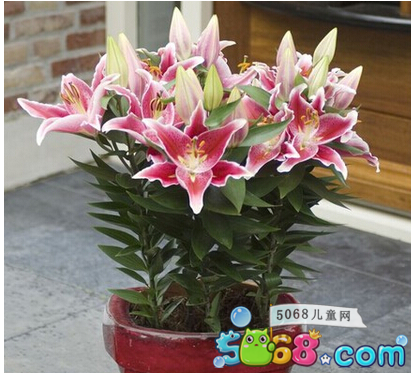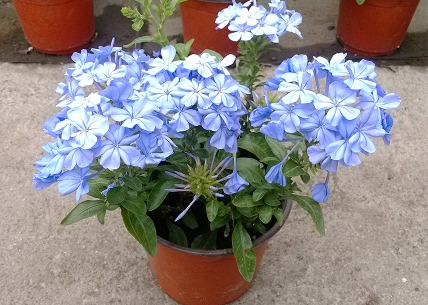Introduction to cultivation techniques and propagation methods of gooseberry
Gooseberry is also called gooseberry, but in the north, it is often called gooseberry because its fruit is almost round or oval. When ripe, the pericarp is yellowish green, bright and transparent, very much like currants, so it is called Lantern. So how are currants grown? This is an editor who introduces the cultivation techniques and breeding methods of currant.

Cultivation techniques of currant
Cultivation techniques
1. The choice of garden is like neutral to slightly acidic soil, which grows well on deep soil, humus and loose fertile soil. It is better to choose a place with flat terrain and plenty of light. It is recommended to use a gentle slope with a slope of no more than 10 degrees. It is not easy to build a garden with low temperature, poor drainage or serious diseases and insect pests.
2, the planting of vines in autumn is better than that in spring, not only early sprouting, but also high survival rate and exuberant growth. Before planting, dig a 30 cm × 30 cm planting hole with a plant spacing of 1 m × 1.5 m or 1 m × 2 m. One plant is planted for each plant, and the distance between the seedlings in the pores is 10 to 15 cm. After planting, you need to cut again, leaving 4 to 5 buds from the ground for pruning.
3. Soil and fertilizer management in the growing season of currant orchard often needs loosening and weeding. Base fertilizer is mainly based on farm manure and is suitable for application from early September to early October and from spring to mid-April. The application method can be used to dig grooves on both sides of the flora or between two groups. The depth of the grooves is 30 cm each. After fertilizing, cover the soil and then water it. Chengling Garden applies about 30 mg organic fertilizer per hectare; 40 tons. Topdressing is usually carried out twice a year. The germination stage is good, followed by the application of urea and ammonium nitrate. The age of cultivated plants is 75 years old-mdash; 100g. Quite good after flowering, the growth of new buds and the rapid expansion of fruit, the application of nitrogen and phosphorus compound fertilizer, the amount of fertilizer per plant is 100g to 125g. Topdressing can be discarded on both sides of plant clusters between clusters or between rows. The depth of the groove is 8-10 cm and the width is 10-15 cm. After the fertilizer is spread, the soil is covered and then watered. In addition, according to the growth of plants, root seasoning can be carried out at any time throughout the growing season. Orchards with irrigation conditions should preferably maintain 75% to 80% of the soil water holding capacity. If there is water in the orchard, it needs to be drained in time.
Plastic pruning
The aboveground part of currant consists of clusters of the most different ages. In spring, the basal branch (also known as the main branch) expels from the root bud of the root; in a good year, the leaf bud forms the primary branch; in the third year, the primary branch can discharge the secondary branch. If you want the branches to be strong, you must re-cut the upper base branches, usually leaving 4 to 5 buds short. In this way, in the past few years, the upper part of the ground has formed a cluster of annual to perennial branches, with as many as seven or more branches. The higher the grade, the weaker the growth potential of the branch and the lower the yield, which should be adjusted in time.
Generally speaking, currant pruning is divided into dormant pruning and summer pruning. Dormant pruning refers to pruning before spring germination, with each grapevine having a 16 mm pruning. 20 basal branches need to be retained for 4 years. In a good year for seedlings, cut 4 to 5 buds in spring and select 4 to 5 strong basal branches in the same year. In the good year, the third and fourth years, 4&mdash was also left behind; five strong basal branches were grown. This constitutes a group of 4-year-old basal branches of 1, 2, 3 and 4 years old. After that, four to five slow-growing, poorly toned 4-year-old basal branches are removed from the base each year, leaving them for 4 minutes. Added 5 new base branches and quickly removed drooping branches, overly dense or morbid singing branches. . Summer pruning refers to the pruning of the growing season, usually after flowering, mainly except for the main, or cut off dense, pest, dead and aging branches.
How to cultivate currant
The branches of currant have a strong ability to produce adventitious roots. They are usually used for cutting and peeling for reproduction.
Time: 2019-05-13 Click:
- Prev

Lily culture methods and fertilization methods
Many people like lilies, and editors also like them, because lilies are not only beautiful, but also purify the air and decorate the space where we live. The following editor introduces some methods that should be paid attention to in lily cultivation. I hope everyone likes it. Lily cultivation method 1. Choose a plant
- Next

How to cultivate blue snowflakes in winter
Blue snowflakes are strong, heat-resistant, heat-resistant and humid, with few diseases and insect pests, simple management, long viewing period and elegant green leaves. The hot summer gives people a cool feeling. Can be decorated with potted plants and balconies. How do you reproduce it? Let's share the methods of raising blue snowflakes in winter. Let's take a look.
Related
- Fuxing push coffee new agricultural production and marketing class: lack of small-scale processing plants
- Jujube rice field leisure farm deep ploughing Yilan for five years to create a space for organic food and play
- Nongyu Farm-A trial of organic papaya for brave women with advanced technology
- Four points for attention in the prevention and control of diseases and insect pests of edible fungi
- How to add nutrient solution to Edible Fungi
- Is there any good way to control edible fungus mites?
- Open Inoculation Technology of Edible Fungi
- Is there any clever way to use fertilizer for edible fungus in winter?
- What agents are used to kill the pathogens of edible fungi in the mushroom shed?
- Rapid drying of Edible Fungi

